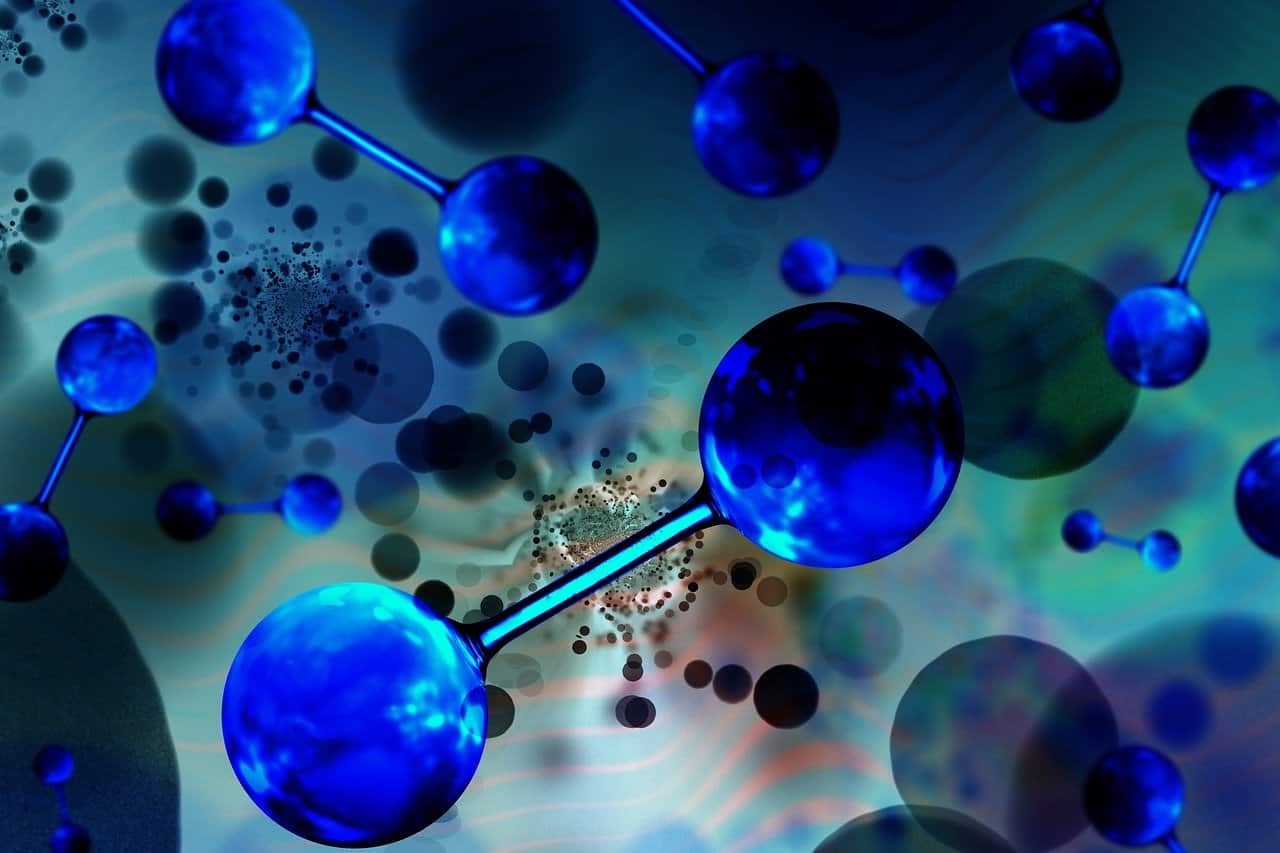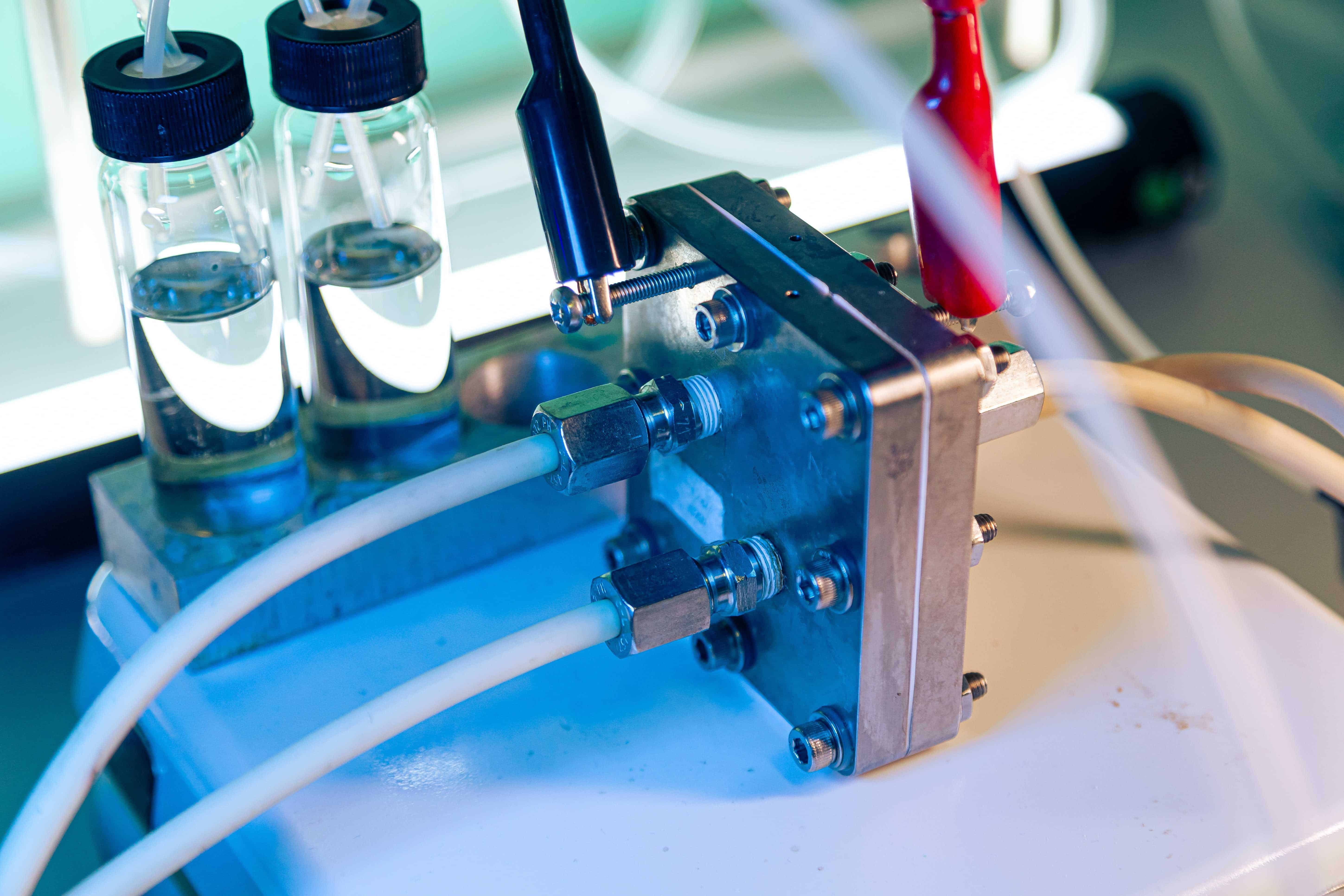
In an exciting development for sustainable energy, Spanish researchers have unveiled a groundbreaking method to produce hydrogen by harnessing sunlight, with remarkable efficiency and stability. The study, that was carried out by the Universitat Politècnica de Catalunya and the Catalan Institute of Nanoscience and Nanotechnology, represents a leap forward in generating green hydrogen, a critical component of the energy transition.
- Sunlight can be used to produce green hydrogen.
- A new method involved tiny titanium dioxide particles and platinum.
The new method
The team found that when they use a special method involving tiny titanium dioxide particles and small platinum clusters, they create a better photocatalyst. This combination not only generates higher quantities of hydrogen but also ensures enhanced stability, outperforming previous models. The findings pave the way for designing new catalysts and applying this technology to actual hydrogen production.
This catalytic process is critical as it bypasses the need for external electrical energy, often derived from non-renewable sources, making the hydrogen produced truly green.
This understanding was deepened by quantum mechanical calculations performed by Claudio Cazorla, which showed that the exposed crystallographic faces of the titanium dioxide are vital for efficient hydrogen production.

Expanding horizons: alternative methods
While the UPC and ICN2’s work is a significant step forward, it’s not the only path being explored in the sustainable production of hydrogen. A promising technique is biological hydrogen production, where microorganisms such as algae or bacteria are used to produce hydrogen through bioprocesses. These biological systems often require less energy and can use various organic waste materials as a feedstock, adding an additional layer of sustainability. Research in this field is progressing rapidly, with recent advances significantly improving the efficiency and scalability of these biological systems.







